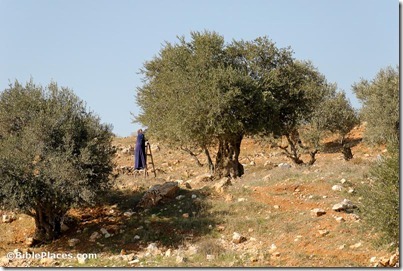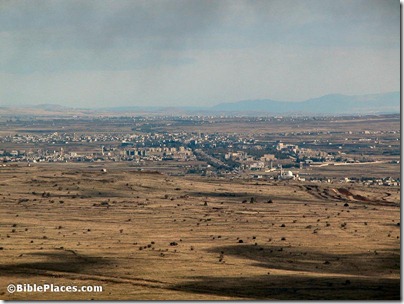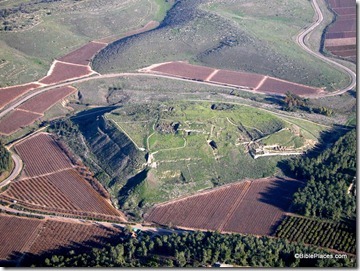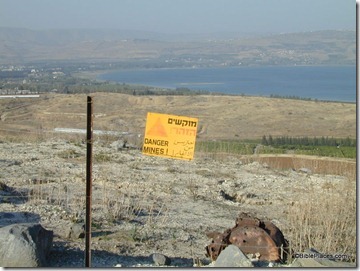A dog fell into a hole in Jerusalem and now it will become an open biblical tourist park.
Work continues in Georgia in constructing a museum for artifacts from Israel.
The next time you travel to the Golan Heights, you can remember your day this way: Bastions, Burials, Battles, and Borders.
Ferrell Jenkins shares a photo of a beautiful sunrise over the Sea of Galilee.
The Church of the Holy Sepulcher may close its doors for a day to protest its bank account being frozen for not paying its water bill.
Al Jazeera posts 15 photos on the Western Wall prayer plaza and excavated tunnels.
The Zondervan Atlas of the Bible is marked down to $14.99 for the Fabulous Friday sale at christianbook.com. (Amazon: $26.39). It might make a great gift for someone who wants to understand the Bible better.
The latest SourceFlix video short is about the olive harvest. (If you appreciate their work, you might consider making a donation some time.)
A special exhibition opens next week at the Lynn H. Wood Archaeological Museum on “The Battle over King David: Excavating the Fortress of Elah.”
I bet that this is the first (future) motion picture reference to Shaaraim in connection with the David and Goliath story. (If they ever read 1 Samuel 17, they’ll get rid of it. Shaaraim is not Qeiyafa and it’s not the Philistine base either.)
HT: Charles Savelle, Joseph Lauer
Photo from Cultural Images of the Holy Land




